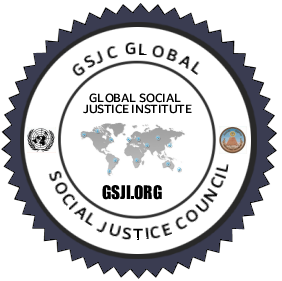|
2.5 The International Court of Justice (ICJ)
The International Court of Justice was established by the United Nations Charter as the judicial organ of the
United Nations. It is composed of 15 independent judges elected by the Security Council on the recommendation of
the General Assembly. In accordance with the provisions of article 36 of the Statute of the Court annexed to the
Charter, only States may be seized before the Court. This means that individuals, entities having legal personality
and international or non-governmental organizations may not be parties in litigation before the Court.
International human rights instruments do not specifically provide for adjudi- cation by the Court. However, from
time to time, the Court has taken deci- sions in an adjudicatory or advisory capacity on questions regarding the
existence or protection of human rights. The Court’s deliberations on these issues are of considerable interest,
since its decisions have played a significant role in defining international human rights law. In this respect, the
judicial practice of the ICJ is consistent with the decisions handed down by its prede- cessor, the Permanent Court
of International Justice.
2.6 The Secretariat of the United Nations
The United Nations Charter provided for the creation of a Secretariat which comprises the Secretary-General as the
chief administrative officer of the Organization, and such staff as the Organization may require. More than 25,000
men and women from some 160 countries make up the Secretariat staff. As international civil servants, they and the
Secretary-General answer solely to the United Nations for their activities, and take an oath not to seek or receive
instructions from any Government or outside authority. The Secretar- iat is located at the headquarters of the
United Nations in New York and has major duty stations in Addis Ababa, Bangkok, Beirut, Geneva, Nairobi, Santi- ago
and Vienna.
| 
